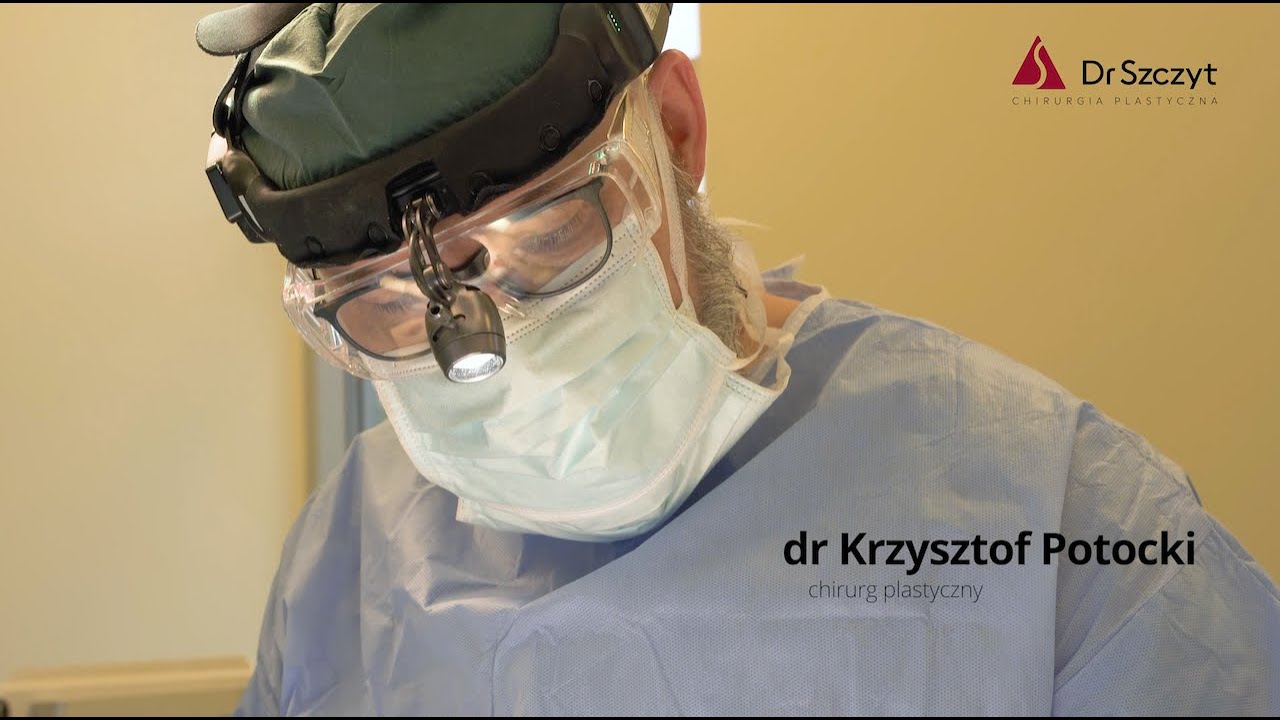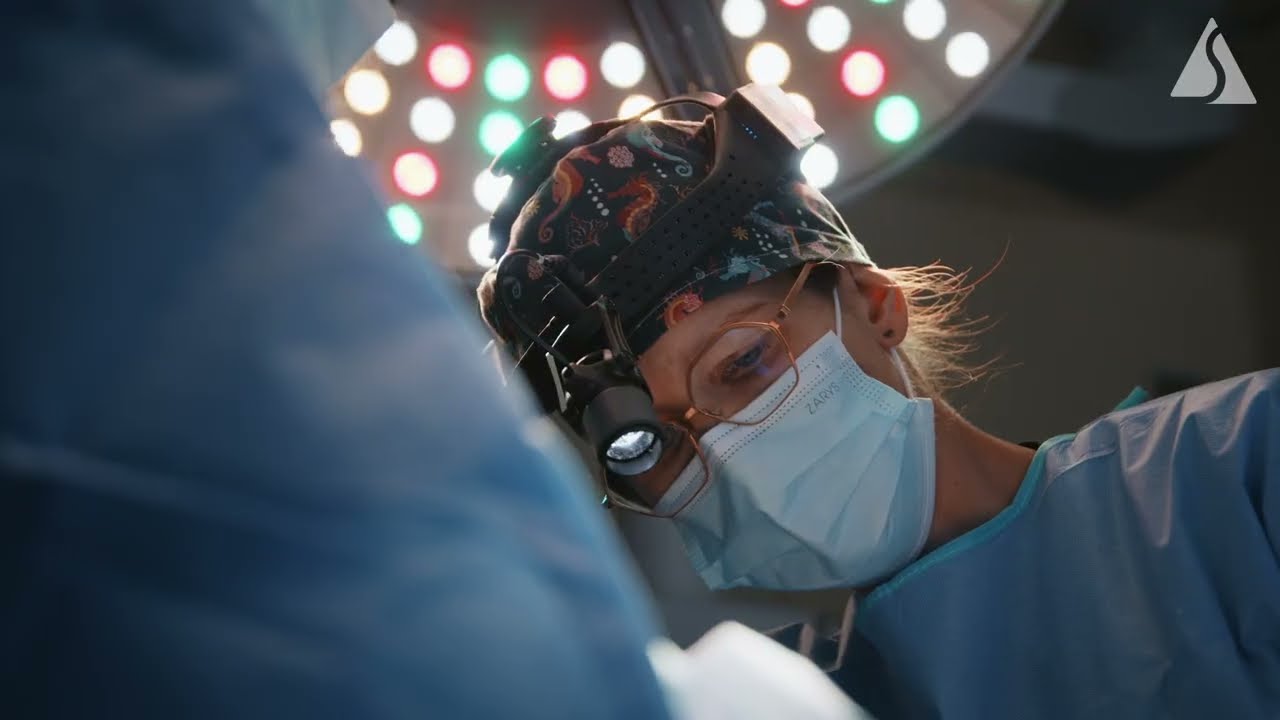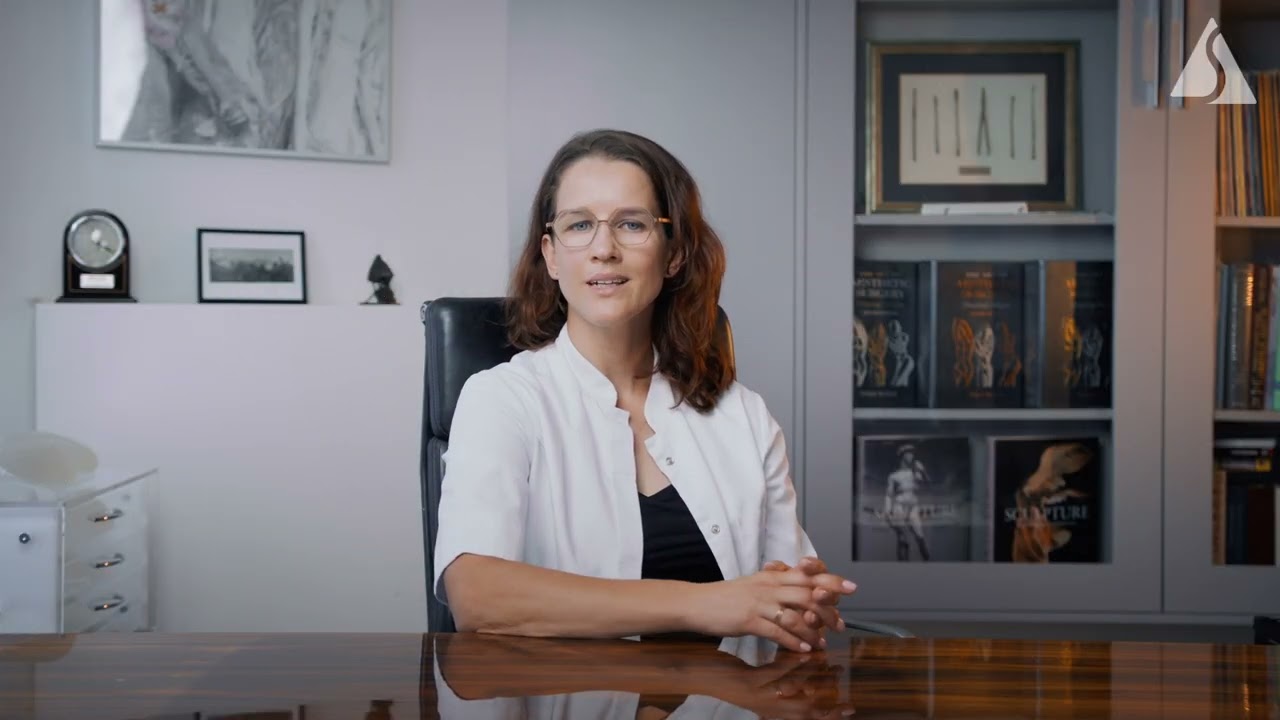In what situations is it worth reducing the bust?

The decision to have a breast reduction is a step that combines aesthetic and health benefits. The procedure will not only improve the appearance of the breasts, but also provide relief from back pain, reduce neck tension and improve posture. An additional effect is the lifting and firming of the breasts, which improves mood and self-confidence. What exactly does this procedure consist of and when is it worth opting for it? What are the indications for the surgery and what you should know before making a decision.
What is mammoplasty?
Mammoplasty is a surgical procedure to reduce breast volume. It involves the removal of excess fat, glandular tissue and skin, allowing the breasts to be reshaped to a natural size that is proportional to the figure. Indications for the procedure include gigantomastia, which is excessive breast growth that significantly impedes daily function. It manifests itself:
- Back, neck and shoulder pain,
- discomfort during physical activity,
- lowered self-esteem,
- irritation of the skin under the breasts
A woman affected by gigantomastia also has a problem with her choice of underwear and clothing.
What does a breast reduction procedure look like?
The procedure is performed under general anesthesia. It lasts about 1-3 hours. During the course, the surgeon removes unnecessary skin and tissue, making the breasts smaller and more lifted. The nipple and areola are moved to a new location, improving the overall appearance and shape of the breasts.
After the procedure, the woman wears a special belt to promote healing and reduce swelling. The full recovery process takes several weeks. During this time, it is important to avoid intense physical activity (especially in the first 4-8 weeks after surgery) and exposure of the operated area to the sun.
The effects of the procedure are visible almost immediately, but the breasts will take on their final shape and size after 6 months or so. And while the natural aging process can affect the appearance of the skin, a well-executed procedure provides long-lasting results in the form of smaller, firmer and more proportionate breasts.
Read also: Small breasts - when to decide to enlarge them?
When and why should you reduce your breasts?
Large breasts can cause many discomforts, including back and neck pain. Reducing them changes the body's center of gravity, which in turn improves posture and reduces tension in the spine, reducing discomfort. Busts are not only a burden on the spine, but often the cause of persistent headaches. Breast reduction surgery can therefore help eliminate this problem or reduce its severity.
Overly large breasts limit freedom of movement, which also affects the ability to breathe deeply. After breast reduction, many women notice an improvement in lung ventilation. This is especially important for those with respiratory problems (such as asthma).
Breast reduction can indirectly contribute to reducing the risk of breast cancer. With a smaller volume of glandular tissue, it is easier to perform breast self-examination, and this promotes early detection of possible abnormalities.
Breast reduction surgery affects not only the physical health, but also the mental well-being of patients. For many women, overly large breasts are a source of complexes. After surgery, many notice a significant improvement in self-esteem and acceptance of their bodies. The change in the proportions of the figure affects the ability to better select closet. It is easier to find fitted clothes in stores, and this translates into greater comfort in daily life. In turn, increased self-confidence promotes making new friends and improves mood. After breast reduction, women often and willingly return to regular exercise, which further shapes and improves the figure, so ladies' self-confidence is at a much higher level, as is physical fitness.
Read also: Beautiful breasts after pregnancy and breastfeeding - what to do to get them back?
How to prepare for a breast reduction procedure?
Before making a final decision, it is a good idea to carefully review the procedure. Consider recovery time and available alternatives to mammoplasty. If you have irregular breasts, check whether the clinic offers the option of reducing one breast to improve symmetry.
It is important to choose the right clinic where the procedure will be performed. It should be a place where patients can count on professional care and support at every stage of the procedure.
Why choose Dr Szczyt's clinic?
- The clinic's team of specialists has extensive experience in plastic surgery. It is also constantly expanding its qualifications, which guarantees safety and high quality services.
- The clinic uses the latest technologies and solutions in plastic surgery.
- Patients can expect comprehensive aftercare.
- The clinic's team focuses on an individual approach to each patient.
Read like this: Breast asymmetry - can it be corrected?
What tests should be performed before breast reduction surgery?
Before the procedure, a blood count and urinalysis, among other things, should be performed, as well as a breast ultrasound, mammography, EKG and chest X-ray. A gynecological consultation is also recommended (this is especially important for women using hormonal contraception).
A minimum of one month before surgery, you should refrain from smoking and drinking alcohol. You also need to watch out for medications you are taking, especially those containing acetylsalicylic acid, which can increase the risk of bleeding during surgery.
FAQ
Why undergo breast reduction surgery?
The decision to have a breast reduction is often based on a combination of aesthetic and health factors. Women opt for this procedure to improve their comfort in life. Large breasts can cause back, neck, shoulder and even headaches. Reducing the burden gets rid of these discomforts. It also improves mood and makes daily life easier.
Is breast reduction risky?
Breast reduction, like any surgical procedure, involves the risk of complications. These can be significantly minimized if the operation is performed at a reputable clinic and carried out by an experienced surgeon. Also of great importance is strict adherence to the recommendations for preparation for surgery and post-operative care.
When is a bust too big?
There are no strict criteria that clearly indicate an overly large bust. It is estimated that the weight of one breast should not exceed about 3% of body weight. When the bust is larger, it can cause, among other things, pain in the spine, neck, shoulders or skin problems (abrasions).
What does the bust look like after reduction?
After the procedure, the breasts are not only smaller, but also more lifted and proportional to the figure. However, it is important to remember that the appearance of the breasts after breast reduction surgery depends, among other things, on the individual anatomical structure of the patient, the surgical technique used by the surgeon, the scale of the reduction and the regenerative capacity of the skin.
How big do the breasts have to be to make them smaller?
The decision to undergo surgery is not based solely on the size of the breasts, but primarily on the discomfort that excessively large breasts cause. Surgery can also be performed for psychological indications, such as when a woman has low self-esteem and complexes related to large breast size.
Worth watching





















